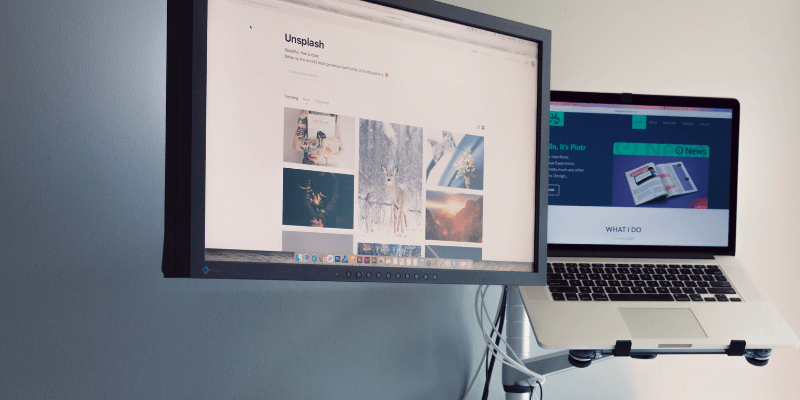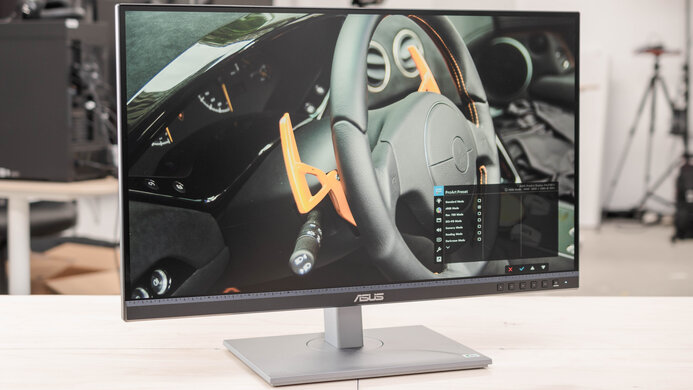
I find a pixel density (the number of pixels per inch, or ppi) of at least 90 a good balance, but YMMV. And because it's spreading them across a bigger screen, some people (like me) may get annoyed at seeing the pixel grid. But if it's using the same number of pixels, it just makes everything bigger - it doesn't put more on the screen.

Essentially, the reason you buy a 27-inch monitor over a 24-inch is usually because you want to fit more on to it. At 27 inches or larger, it's not great except in one important case.
#What is the best monitor for mac 1080p

Unless you're a hardcore gamer or creative professional, many of the most technical specs - latency and color gamut, for example - won't really matter to you (though many of these could serve as a budget gaming monitor). But in that case, you should ensure the mount screws on the back of the monitor match yours: The bulk of these have 100-by-100-mm mounts, though in some cases, they have 200x200, 75x75 or don't support a VESA mount at all. The stand might not be an issue if you're planning to use the VESA mount to put it on a wall or arm. Make sure it's not missing items that would drive the price above that "cheap monitor" threshold, like a stand or appropriate cables.

Now even a 'meh' 24-inch monitor to meet your needs for work or school can run you over $150.īefore you dig in, there are a few things to keep in mind: When buying a budget monitor, you should absolutely check out the listing of what's in the box. While we've passed the shortages caused by the initial spike in demand at the beginning of the pandemic, when a huge number of people began to work from home, I'm beginning to see rising prices likely due to the pandemic-driven shipping delays and component shortages. If you're in need of a new monitor but you're on a tight budget, it's not as easy to find one as it used to be.


 0 kommentar(er)
0 kommentar(er)
